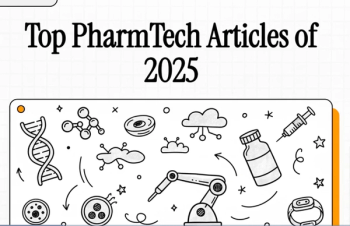
List of Critical Medicines Published in EU
Regulators in the European Union have published the first version a list of critical medicines in the EU to avoid potential shortages.
On Dec. 12, 2023, the European Medicines Agency (EMA) announced that the first version of the Union list of critical medicines was published by EMA, the European Commission (EC), and the Heads of Medicines Agencies (HMA) with the intention of preventing potential drug shortages in the European Union/European Economic Area (EEA). The list contains more than 200 APIs considered critical in the EU and, therefore, supply should be made a priority.
EMA stressed in a press release that medicines on the list are not necessarily in shortage, but the potential may be there in the future, and such a shortage could be harmful to the public. The agency considers medicines used to treat serious diseases and that may be hard to replace by other drugs as critical. Medicines must meet certain criteria and be critical in more than one third of the EU/EEA.
A review of 600 APIs from six national lists was conducted to create the list, which includes substances from a variety of therapeutic areas, vaccines, and treatments for rare diseases. EU Member States used an agreed upon methodology for the review that was designed in consultation with key stakeholder groups, such as patient organizations and industry associations. The list will be expanded in the coming year and updated every year after.
The Union list does not impact existing national lists of critical medicines or lists in development, but it may be used to support efforts to create national lists. The list will also support the EC’s supply chain analysis to determine possible vulnerabilities.
“Medicines on the list can continue to be prescribed and used as usual by patients and healthcare professionals. Additional reporting requirements for marketing authorization holders and national competent authorities will be established and become effective once the proposed pharmaceutical legislation becomes applicable,” EMA stated in the press release.
Source:
Newsletter
Get the essential updates shaping the future of pharma manufacturing and compliance—subscribe today to Pharmaceutical Technology and never miss a breakthrough.




